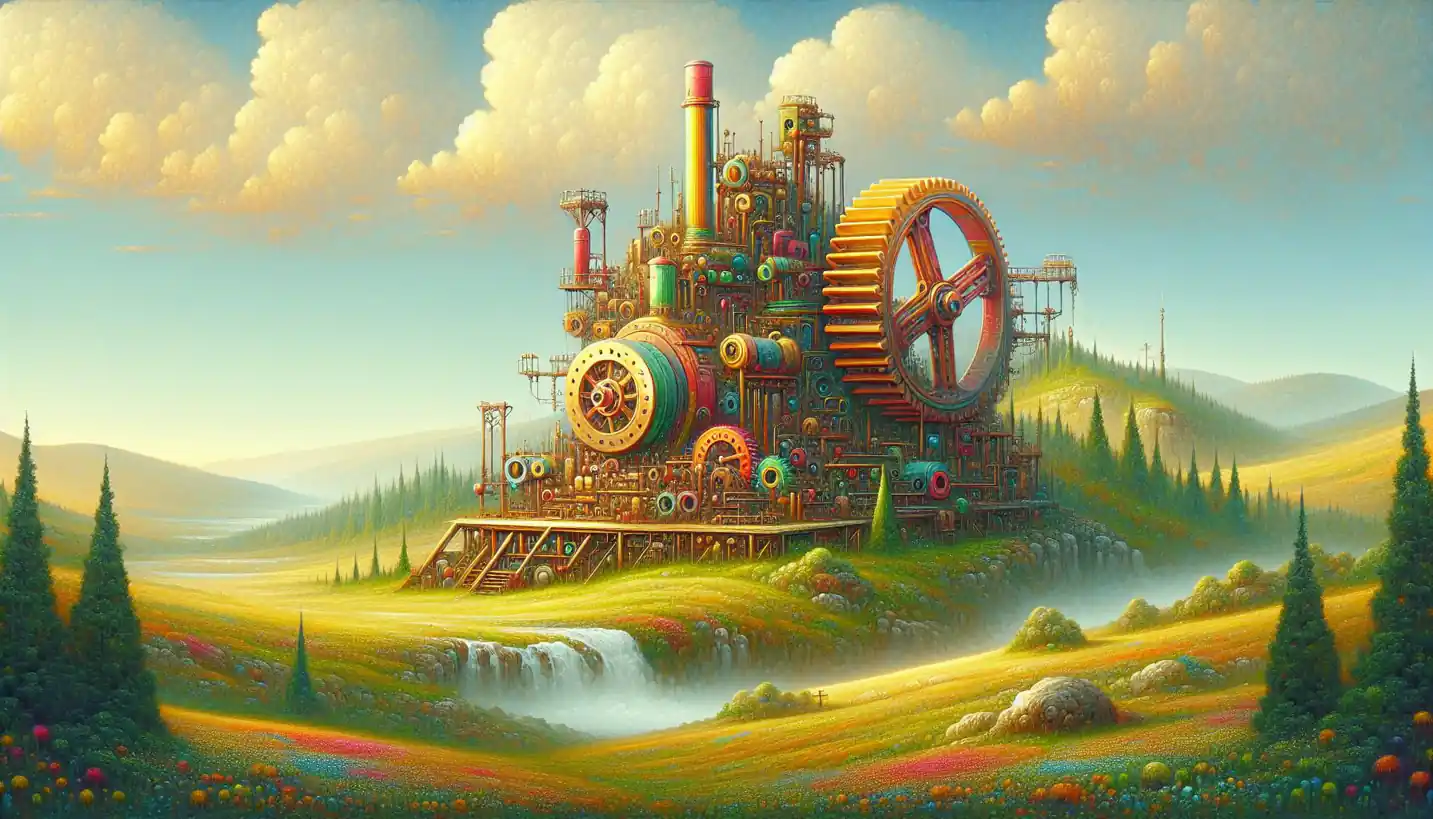· Engineering · 5 min read
Gene Expression and Its Role in Biochemical Engineering: A Deep Dive into Cellular Magic
Gene expression reveals the hidden blueprints within cells, critical for biochemical engineering breakthroughs. Explore the complex orchestration behind life's cellular symphony.

When you think about how a tiny seed grows into a massive tree or how your body responds to different foods, it all boils down to a fascinating concept called gene expression. This process is at the heart of everything living because it’s how DNA, the blueprint of life, gets translated into cells doing their jobs. In the world of biochemical engineering, understanding gene expression is like unlocking a secret code that can transform industries and medicine.
Gene expression is the process where the information encoded in a gene is used to produce proteins or other molecules, essentially the workhorses of the cell. So, when a gene gets “expressed,” it’s like flipping a switch that lets the cell know what it needs to produce. It’s not all or nothing; cells can adjust how much of a gene gets expressed, acting like a volume knob on a radio, which is a neat trick that keeps everything balanced.
The Basics of Gene Expression
Picture each cell in your body as a bustling factory. The DNA is the master plan, stored safely in the office (the nucleus), and gene expression is like sending out instructions to the workers (the ribosomes) on the factory floor. This instruction comes in the form of RNA, a kind of photocopy of the DNA, carrying specific orders about which proteins to make.
The process has two main stages: transcription and translation. In transcription, a section of DNA is copied into mRNA (messenger RNA). It’s like creating a note from the master blueprint. Translation is when this note is read by the machinery in the cell to build proteins – the end products that carry out all sorts of functions, from building muscle to fighting off infections.
Biochemical Engineering and Gene Expression
So, why is gene expression a hot topic in biochemical engineering? Imagine being able to tweak these cellular factories to produce what you want, whenever you want. That’s the dream! Scientists are learning how to meddle with genetic switches and knobs to make cells create products that are beneficial for medicines, biofuels, and even food.
Pharmaceuticals
In pharmaceuticals, understanding gene expression means we can create bacteria that produce insulin for diabetes treatment. Instead of needing to extract insulin from animal sources, scientists can prompt bacteria or yeast to make it. This not only is efficient but reduces costs and ethical concerns.
Biofuels
When it comes to energy, gene expression is critical for developing biofuels. By engineering microorganisms to convert waste into fuel, researchers are paving the way for sustainable energy solutions. These engineered cells can express genes that allow them to ferment waste products into ethanol, a cleaner alternative to fossil fuels.
Agriculture
In agriculture, tweaking gene expression can mean pest-resistant or disease-resistant crops, reduced reliance on chemical pesticides, and increased yields to support growing populations. By understanding which genes make plants stronger or help them grow faster, scientists can produce better seeds.
Gene Expression Control
One of the intriguing aspects of gene expression is how cells switch genes on or off. It’s not random; cells use cues from their environment to make these decisions. Temperature changes, light, and hormones can all influence gene expression. This control is vital for cellular adaptation and survival. In engineering terms, being able to mimic or influence these natural on/off switches is a game-changer.
Epigenetics
A buzzword you might encounter is “epigenetics.” It’s like a highlighter for gene expression. While your DNA doesn’t change, epigenetics can mark genes to turn them up or down. Think of it as annotations on a music sheet telling which parts should be louder or softer. This is crucial for development and can explain why identical twins might differ as they age.
The Future and Possibilities
Biochemical engineers are constantly pushing the envelope on how far they can go with gene expression. Could we engineer plants to clean up pollution? Maybe create new organisms to produce never-before-seen materials? The possibilities are endless and exciting.
Challenges
Of course, tinkering with the very essence of life doesn’t come without challenges. There are ethical considerations about how far we should go in modifying organisms. Long-term effects are still unknown, and mistakes could have dramatic consequences.
New Frontiers
Looking ahead, one tantalizing area is synthetic biology. This field combines engineering principles with biology to design and construct new biological parts or even entire organisms. It’s like science fiction becoming reality, where designer genes could be built for specific tasks.
Why It Matters
Understanding gene expression is crucial—not just for scientists and engineers but for anyone curious about how we can shape our world. This knowledge could revolutionize how we produce food, energy, and medicine. By supporting sustainable practices and innovative technologies, we can tackle some of the world’s most pressing problems using the delicate art of gene expression.
In conclusion, gene expression is more than just a biological process; it’s a canvas for innovation in biochemical engineering. As we continue to unlock its secrets, who knows what other marvels await creation? The journey is challenging but full of promise, shining a light on the potential for science to make life better for everyone.



